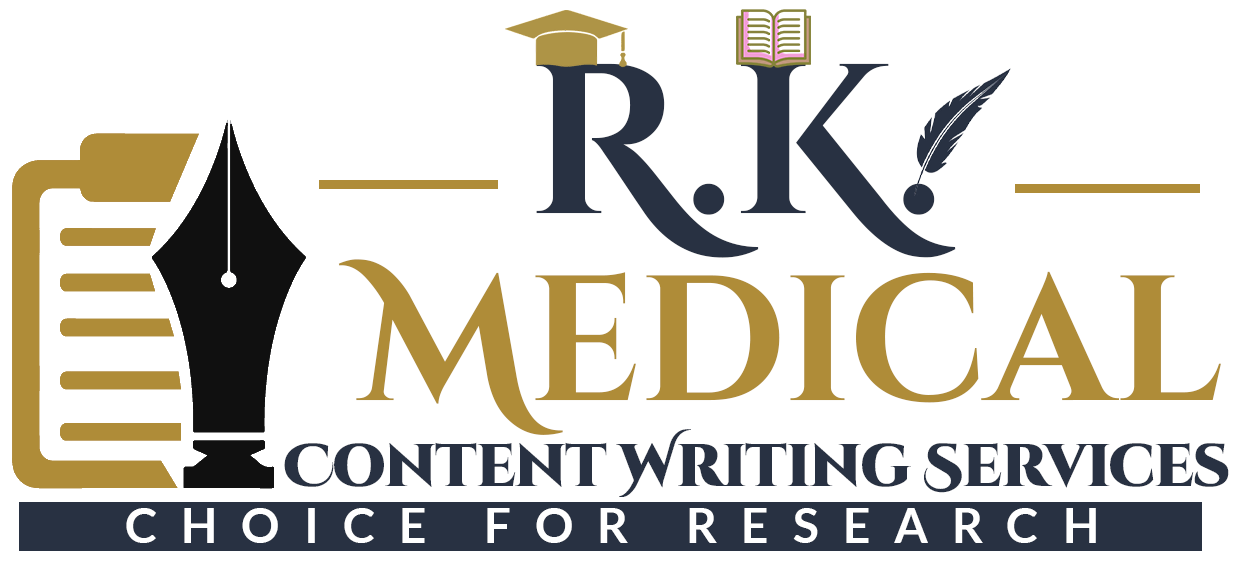Conference Abstract and PowerPoint Presentation
Conference Abstract
Attending academic conferences is an integral part of graduate study. Conferences are a great place for scientists to share their findings and make connections with peers. The question then becomes, “How does a researcher secure an invitation to present their findings at a scholarly gathering?” The first step in the process is to draft and turn in an abstract for your research paper. A conference abstract is meant to provide a brief overview of the content of the full paper being presented at the academic conference. It’s your chance to show the conference planners why your participation is worthwhile and necessary. Since this is where you’ll be selling your audience on your topic and the findings of your research, it needs to be concise and clear.

Tips for Abstract Preparation
- Find out as much as you can about the conference.
- Choose your key phrases meticulously.
- Avoid bloating your message.
- Utilize Sample Abstracts
- Eliminate unnecessary words and jargon.
- Don’t lose focus, and establish yourself with your opinions.
Parts of the Conference Abstract
- Topic and Title: If you want to present at a conference, your abstract needs to explain how you’ll contribute to the conversation about a certain topic. Your conference presentation is likely to be short, so you’ll need to narrow your focus in order to make the most of the time you have. Your abstract should have a title of no more than 12 words.
- Significance: Is there a reason why this issue and your findings are important to your audience? In this part, you should explain the context of your study, why it’s significant, and how challenging it was to conduct.

Basic Outline of the Conference Abstract
- Study Problem: In this section, you should introduce the topic of your paper and your research question.
- Methodology: You have to explain the way you set up your research and how thorough your investigation was.
- Predictions and Outcomes: You have to summarize the results of your investigation.
- Conclusion: Provide the significance of your findings.
PowerPoint Presentation Thumb Rules...
The 10-20-30 rule was developed by ex-Apple brand ambassador Guy Kawasaki and states that a PowerPoint presentation should have no more than 10 slides, last no longer than 20 minutes, and use a minimum point size of 30 for the font.
5/5/5 Rule: When creating slides for your presentation, use no more than: On a single line, write 5 words. On a single slide, there are 5 lines of text. 5 slides in a row that apply the first two rules

What our experts do?
We are here to help with your abstract preparation for national and international conferences. Our team contains a panel of experts who can help with your conference abstracts, posters, and oral presentations in an elegant and attractive manner. As we all know, creating posters and PowerPoint presentations takes time and involves artwork. We are here to help you with those complicated works.
